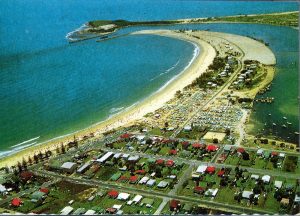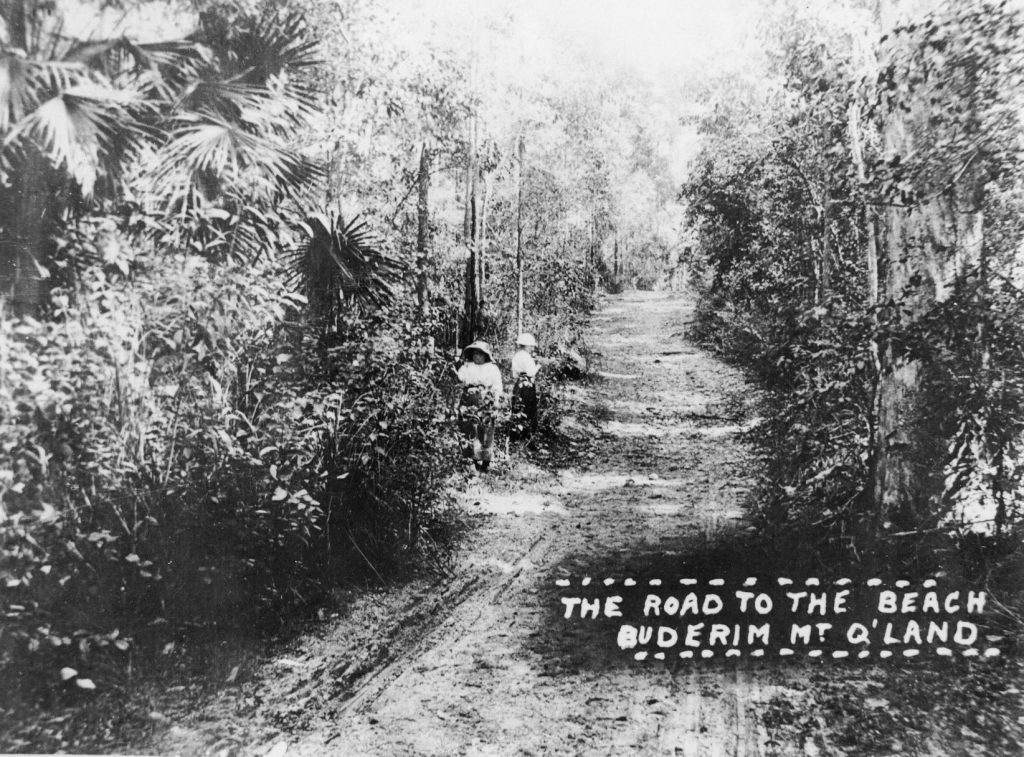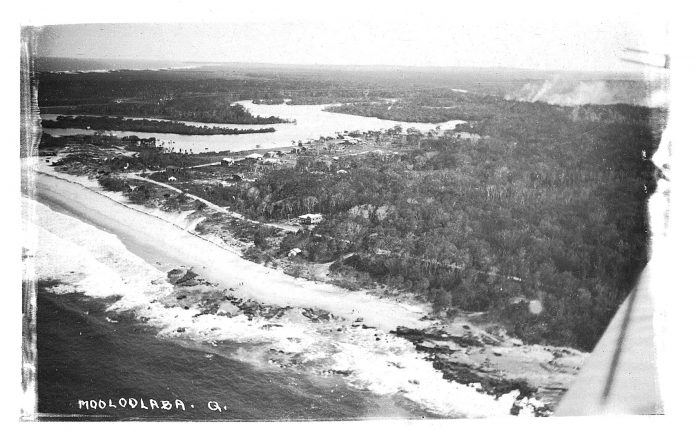For more than half a century, migration to the sunbelt kept population growth front and centre on the Sunshine Coast agenda.
In June 1970, the front page of the Sunshine Coast Weekly Advertiser announced the Maroochy Shire town planner’s forecast that there would be 20,000 people in Maroochydore, Alexandra Headland, Mooloolaba and Buderim by 1990.
It was a staggering suggestion, one so astonishing that to have considered it might be more than double that, would have been sheer lunacy.
The figure was based on the fact that the population of those four centres alone had increased by 30 per cent in the previous decade.
So, by the numbers, in 1971, Australia had a population of 12.76 million, of which 14.3 per cent were Queenslanders. Of those, 56.5 per cent lived in the south-east corner and 6.5 per cent of them on the Sunshine Coast.
Two decades later, in 1991, 17.2 percent of Australia’s 17.3 million people lived in Queensland. Of those, 62 per cent lived in South-East Queensland and 8.7 per cent on the Sunshine Coast.

By any measure, the Sunshine Coast was well and truly holding its own and it was little wonder the catchcry of the 1980s became “build it and they will come” alongside the claim that people were “voting with their feet”.
By 1996, the Sunshine Coast had been growing at a rate well above the national average for more than 30 years and become the 12th largest community in Australia with a regional population of more than 200,000.
Added to the eye-watering numbers, is that the Coast’s population growth was four times the State average in 1981-83, and its population doubled between 1983 and 1990.
It was hard to imagine in 1990 that there would be 150,000 people by the end of the decade, but it had hit 186,000 long before the turn of the millennium.
The whirlwind pace continued and although predictions that the population would reach a critical mass of 250,000 were met with some scepticism, when the Sunshine Coast Regional Council was formed in 2008 (Noosa withdrew six years later) it was already closer to 300,000.
Love nostalgia? So do we. Help keep more great Coast memories alive by subscribing to our free daily news feed. Go to Subscribe at the top of this story and add your name and email. It’s that simple.
In May 1997, the State Government’s Population Planning, Information and Forecasting Unit reported that from the late 1980s, Maroochy, Caloundra and Noosa had ranked in the top 10 growth areas in Queensland and Noosa was now in the top five.
A meeting of 100 businesspeople in Kawana, was asked “how many people have lived here since 1946?” A lone hand went up. “How many people have lived here since 1960?” Another four hands went up. The point was made – the staggering population growth was directly attributable to sunbelt migration.

Between 1986 and 1995, more than 24,500 “migrants” settled in Caloundra; 36,500 in Maroochy and 14,000 in Noosa which doubled its population in less than a decade.
And contrary to popular opinion, it was not the relatively older people pushing up the numbers.
Do you have an opinion to share? Submit a Letter to the Editor with your name and suburb at Sunshine Coast News via: news@sunshinecoastnews.com.au
Those their late 20s or early 30s with a young family were easily the biggest group and retirees, those in their late 50s and early 60s, ran a poor second.
Property, accommodation, business, industry, infrastructure, employment, social services –every facet of local life and projections for the future – focused on the ever-expanding numbers.
In September 1996, the Queensland University’s Applied Population Research Unit prepared a list of indicators of what resources were needed to supply the incoming population and advised that every 10,000 settlers would require goods and services in the order of:
- 3000 to 3600 new dwellings
- 100-120 new retail outlets
- 70-90 new hospital beds and associated health facilities
- 20-25 new medical practitioners including specialists
- 4000-4500 new vehicles.
Public infrastructure such as roads, water, waste management, public transport and airport had to expand at 10 to 15 per cent a year.
Although the rapid growth of previous decades has eased in recent years, we have arrived at the turn of another decade with a population of 346,522, making us the ninth most populous city in Australia.
Try telling that to the old locals who remember dirt roads and now need a GPS to find their way.
This flashback is brought to you by veteran Sunshine Coast journalist and history writer Dot Whittington, also the editor of Your Time Magazine.





